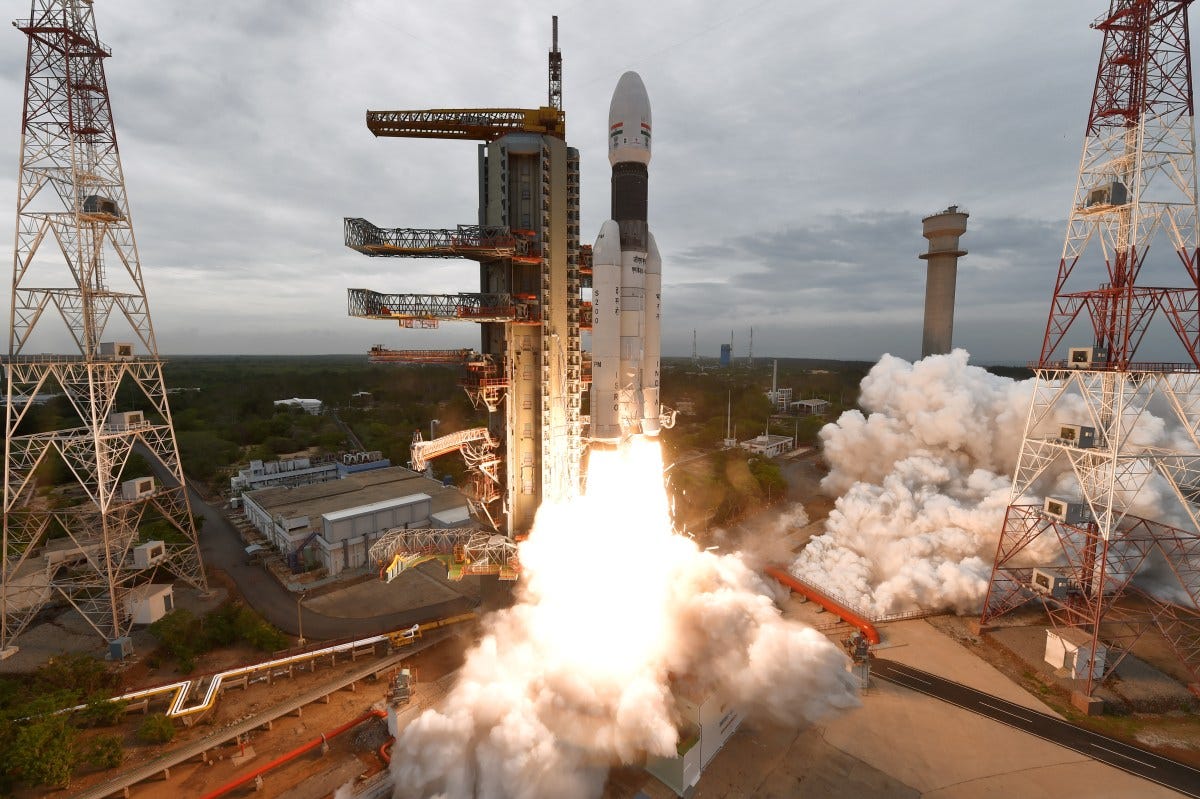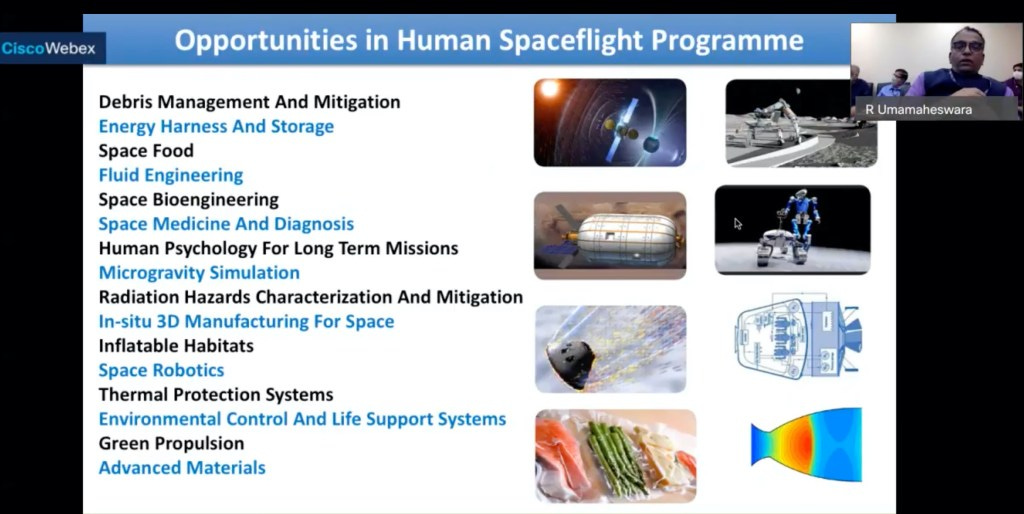ISRO eyeing the entire inner solar system, welcomes academia and companies

The Indian Department of Space (DOS), that overlooks ISRO, organized their long due seminar last month on its plans to boost involvement of India’s private space sector and academia in space activities. Here are its videos:
- Opening session: “Unlocking India’s Potential in Space Sector”
- Session-1 - Launch Vehicles and Satellites
- Session-2 - Space Technology Applications
- Session-3 - Academia & Institutions
While the event largely focused on technology development and its nuances, there were space exploration bits on the new way forward.
Taking cues from successful models in the US, the plan is to allow commercial companies and academic institutions to participate in ISRO’s missions beyond the traditional contracting process. Facilitating these actions would be a new nodal agency, IN-SPACe, whose board would have members from the Department of Space, academic institutions and industry to set a level playing field for everyone.
K. Sivan, ISRO Chairman and Secretary of DOS, said in the opening note:
ISRO has eyes on the entire inner solar system.
Now ISRO already plans to launch several science missions in the next five years, including an orbiter to Venus, a space-based solar observatory, and additional missions to the Moon and Mars. It’s unlikely that we’ll see non-ISRO participation in any of these missions but future ones might. Those could include missions to the under-explored worlds of Mercury, near-Earth asteroids, the dwarf planet Ceres and asteroids in the main belt, and Mars’ moon Phobos.
Sivan added that private players will be able to participate in ISRO missions via Announcements of Opportunities. Initially, this is likely to be restricted to open bids for supplying specific spacecraft components or enabling other parts of missions but not the entire deal. These opportunities are only intended for Indian commercial companies and not foreign ones.
Academic institutions in the country can now propose science instruments for future planetary missions—a clean break from ISRO’s tradition of building its own instruments for its missions, as in the case of Chandrayaan 2 most recently. The only exception has been India’s first space telescope Astrosat whose instruments were selected as a consensus from academic institutions across the country.
It is to be noted that ISRO has solicited scientific instruments from foreign universities and space agencies in the past, like in the case of Chandrayaan 1. Speaking of, both NASA and ESA have been flying academia-provided payloads on their missions via open bids for decades now. It will be nice to see ISRO inculcate such a competitive process in order to enhance the scientific output of its missions.
Taking things up a notch, ISRO’s Scientific Secretary R. Umamaheswaran said in the closing note,
We are expecting academic institutions to come up with creative ideas and proposals for future planetary exploration missions.
Presumably, this would be similar to how US organizations like APL and JPL compete on mission proposals to NASA. It is unclear when this would be brought into action but certainly won’t be before partial participation from non-ISRO players begins.
Umamaheswaran also said in his opening session that private players and academic institutions can participate in India’s human spaceflight program, Gaganyaan, which aims to build a space station in Earth orbit by 2030. This comes on top of the invited science proposals for microgravity experiments for the initial set of Gaganyaan flights.

Tying all of these things together would be a formal space exploration policy that the DOS says is in the works. They didn’t provide any other details or a timeline. But such a policy is also expected to clarify ISRO’s agenda for planetary exploration which isn’t public, if it exists at all.
Given ISRO’s fairly nascent space science program, the intent for exploring the entire inner solar system while involving companies and academia is a welcome trajectory. Here’s hoping that India makes space exploration a prioritized national goal just like it has with the Gaganyaan program.
→ Browse the Blog | About | Donate ♡
